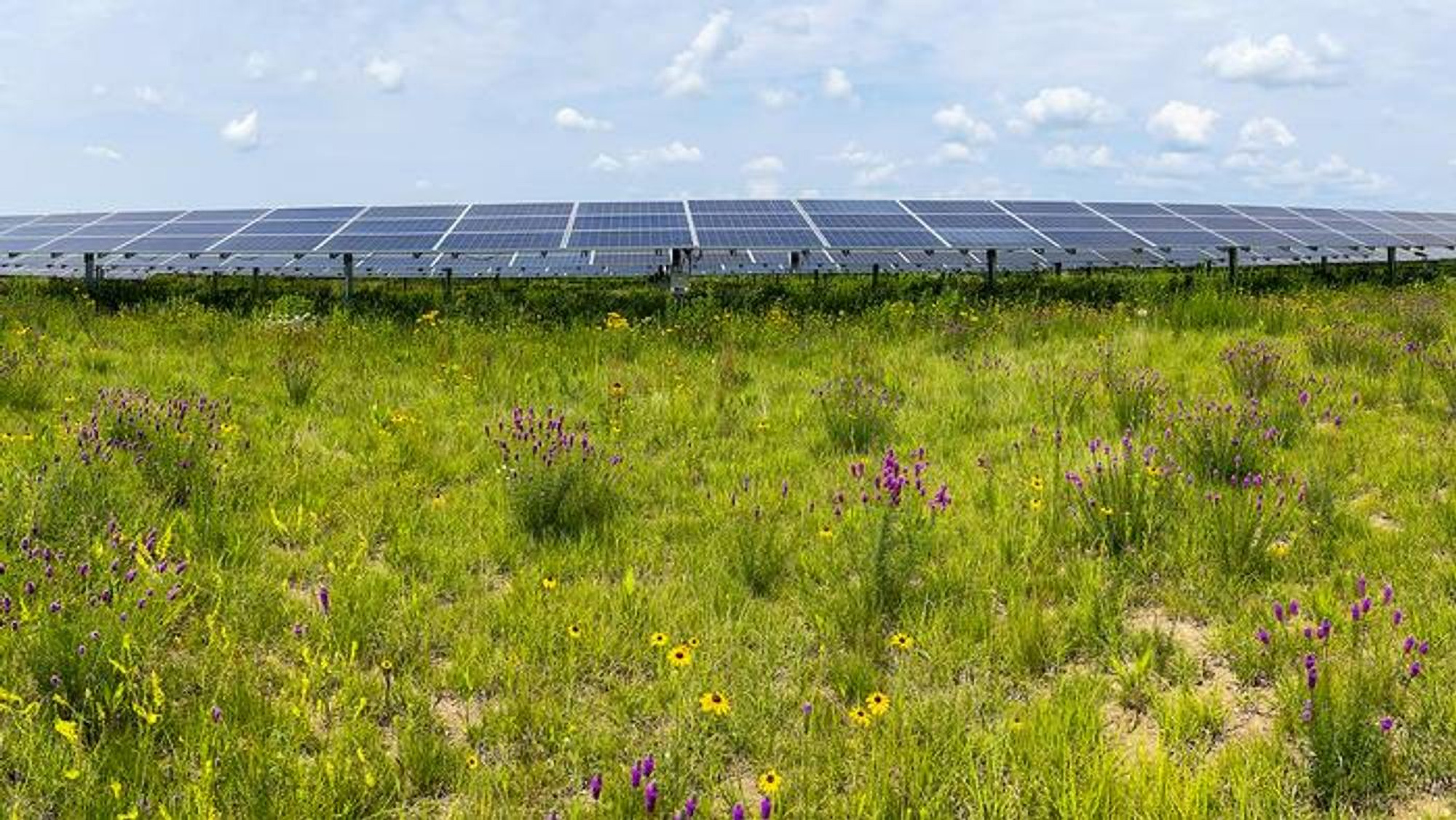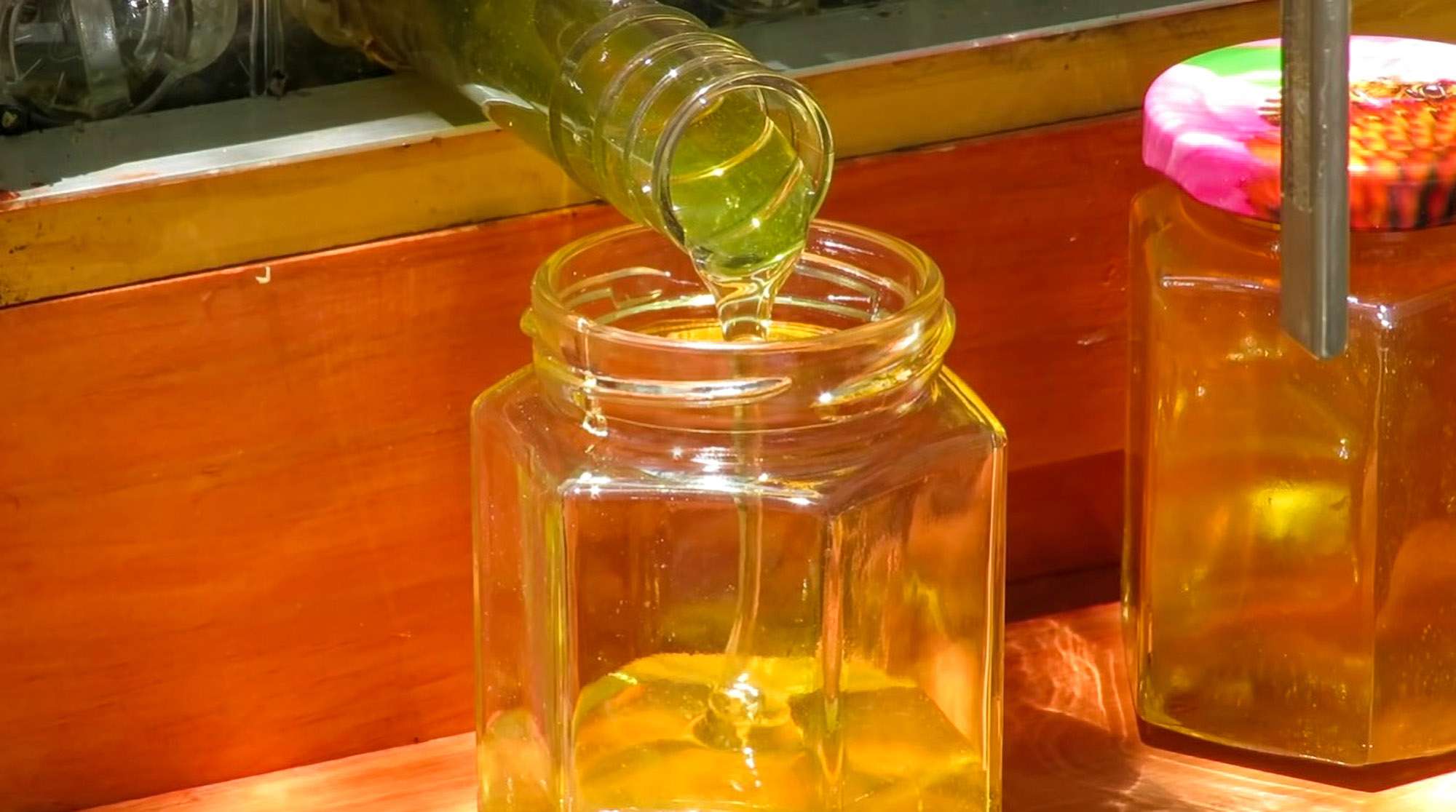The installation of solar power plants on former farmland has immensely beneficial effects on native flowers and insects, new research confirms.
Scientists from the Argonne National Laboratory in Lemont, Illinois, carried out a five-year study at sites in Minessota to detect a rise in plant species diversity and flower abundance.

The experts from the institution, which is funded by the US Department of Energy, aimed to determine the ecological value of photovoltaic energy sites planted with native grasses and wildflowers. More than 350 observational surveys were carried out.
The team headed by landscape ecologist Lee Walston not only found a rise in the diversity of native plant types and the abundance of flowers. Furthermore, the researchers observed increases in the abundance and diversity of pollinators such as different kinds of bees, moths and butterflies.
Science news platform Phys.org wrote about the surveys which took place at sites operated by the North American subsidiary of Italian enterprise Enel Green Power: “By the end of the field campaign, the team had observed increases for all habitat and biodiversity metrics.”
Walston explained: “This research highlights the relatively rapid insect community responses to habitat restoration at solar energy sites. It demonstrates, if properly sited, habitat-friendly solar energy can be a feasible way to safeguard insect populations and can improve the pollination services in adjacent agricultural fields.”
Heidi Hartmann is one of the study’s co-authors. She said: “Over time we saw the numbers and types of flowering plants increase as the habitat matured. Measuring the corresponding positive impact for pollinators was very gratifying.”
Photovoltaic solar energy is a carbon-neutral source of electricity and therefore considered a vital aspect in slowing down climate change.











